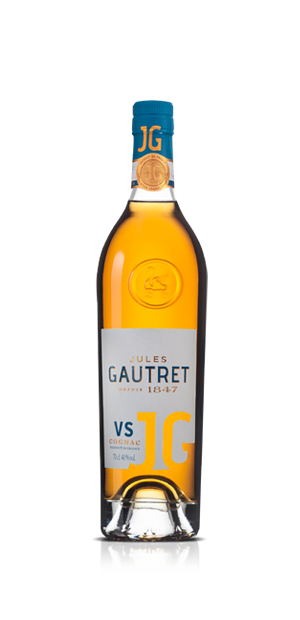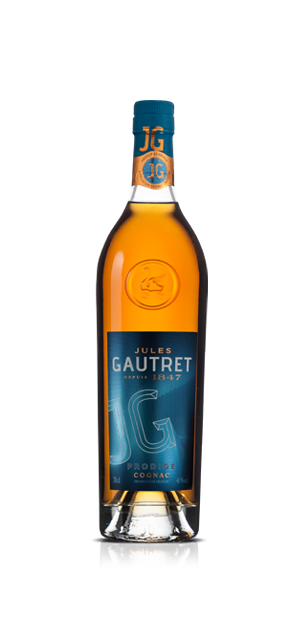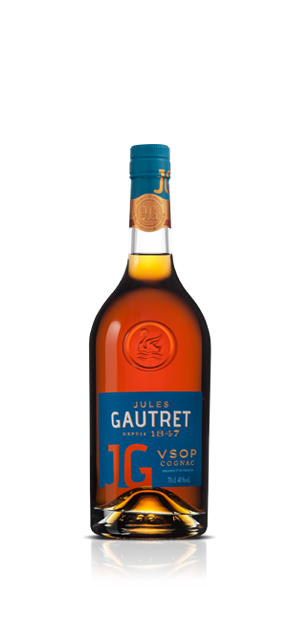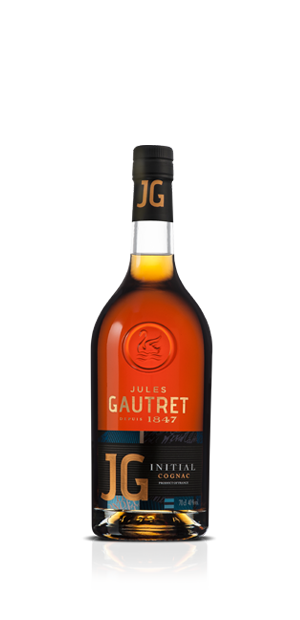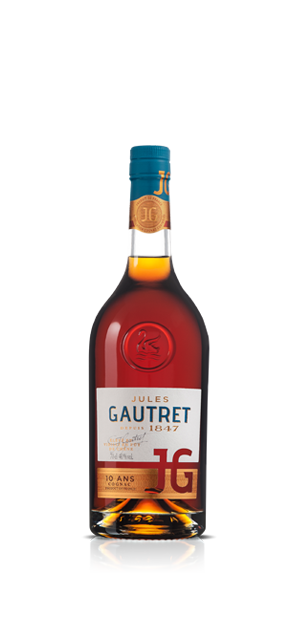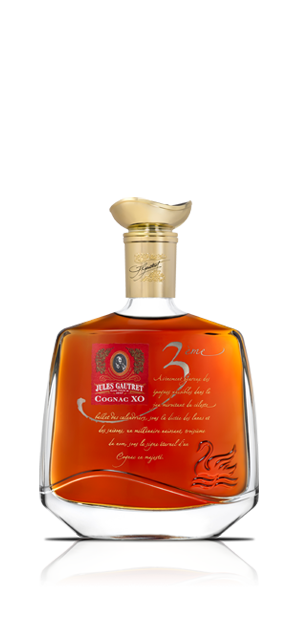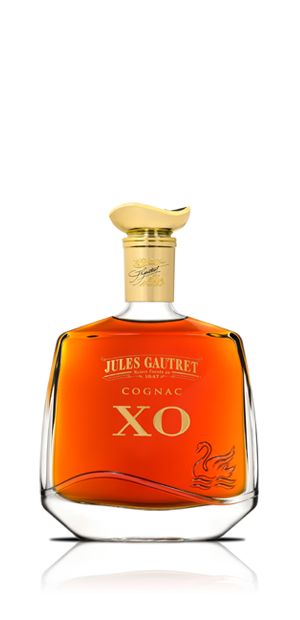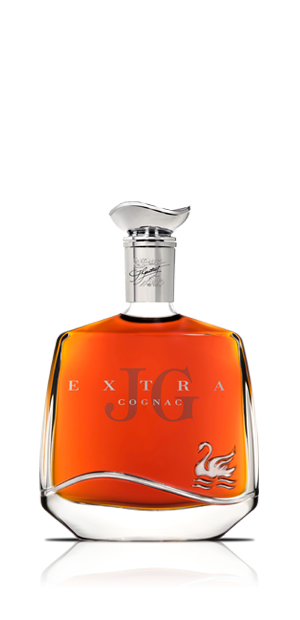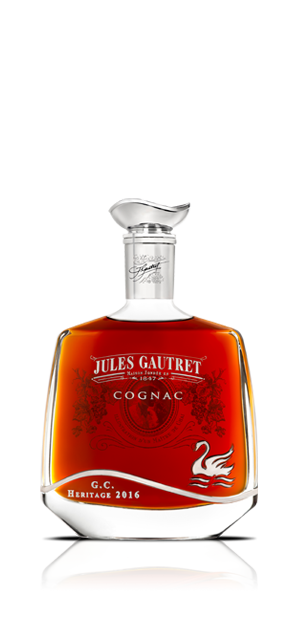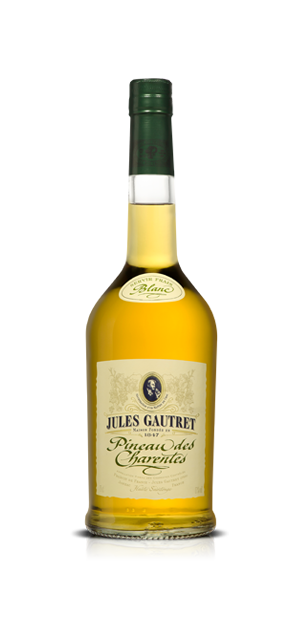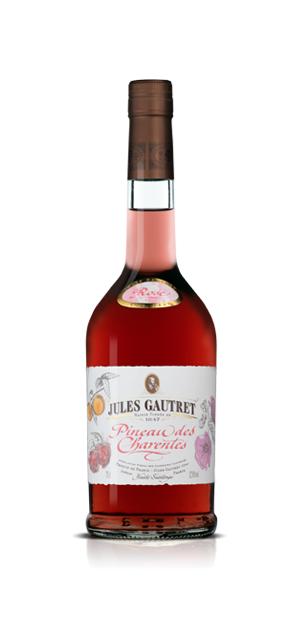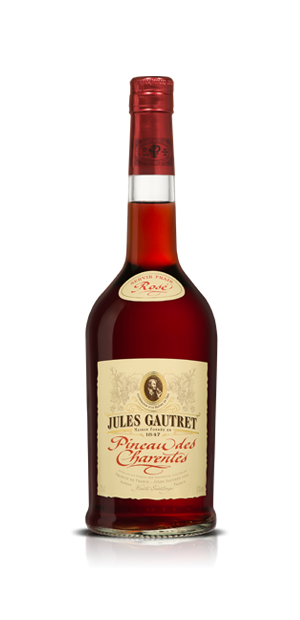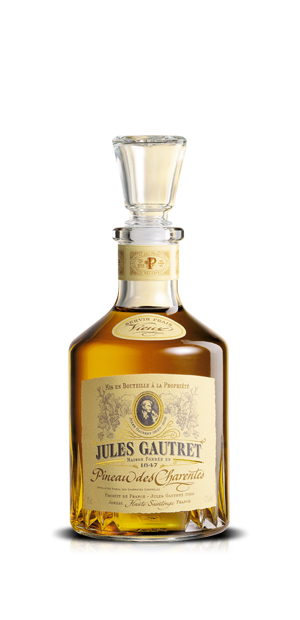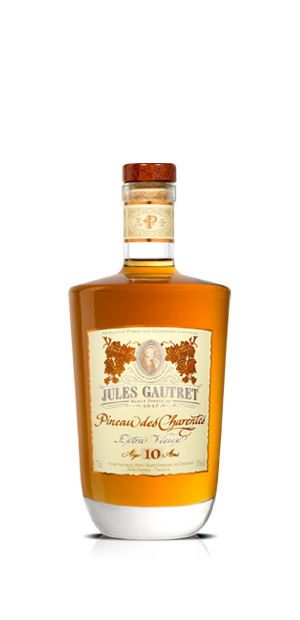Elaboration process
OUR KNOW-HOW
Production stages
Jules Gautret masters the skill of production, all the way from planting the vines to bottling.
The cognac production process requires patience and skill.
It is subject to a long process that begins in the heart of the Cognac vineyards.

The Vineyards
The AOC Cognac vineyards are divided into 6 geographic denominations, or crus, determined by the distinctive soils and climates in the specific areas allocated to them, characterizing different qualities of eau-de-vie.
As a result, each Jules Gautret distillation is stamped with its cru, namely Grande
Champagne, Petite Champagne, Borderies, Fins Bois, Bons Bois and Bois Ordinaires.
The Cognac vineyards are made up of white grape varieties, the main one being Ugni-blanc, chosen for its low alcoholic content and high acidity to meet the criteria of Charentais distillation.
Jules Gautret can count on a large number of partner-winegrowers who cultivate their vines in order to harvest quality grapes. Once they are ripe, the grapes are harvested. The bunches are pressed before the alcoholic fermentation process begins.
Once the wine has been made, distillation starts.
Distillation
The distillation period begins in late October and ends on March 31st.
Just as in the beginning, the Jules Gautret cognac distillation process hasn’t changed. The “swan-necked” Charentais pot still continues to be used. The wine is distilled in our 16 stills at our Mosnac distillery.
It is heated in the boiler, until the first vapors are extracted. The vapors are only made up of alcohol and then travel up to the head then into the swan neck, before condensing in the coil of the cooling tank.
The first distillation stage ends, and the initial distillate called brouillis is returned to the boiler to be distilled again. The second distillation, also called bonne chauffe, is conducted following the same process, until the second distillate is obtained, from which only the heart is saved and called « eau-de-vie ».
Aging
The cellar master’s meticulous work – ensuring the quality of the eaux-de-vie – continues with the aging process in oak barrels.
The wood lets the eau-de-vie stay in permanent contact with the surrounding air, thus allowing the cognac to develop its final bouquet and color.
The alcohol evaporates slowly and gently: the portion that escapes is referred to as the « Angels’ Share ».
This stage can last several decades, and the oldest eaux-de-vie are stored in dark cellars.
BLENDING
Finally, for certain eaux-de-vie that have reached their peak, the cellar master – also known as the master blender – decides to end their aging by transferring them for storage in Paradis, the darkest part of a cellar.
The cellar master also blends the eaux-de-vie until the perfect notes and aromas are obtained in a cognac with a minimum alcohol content of 40%, that will be earmarked for sale.
The cognac is stabilized and prepared for bottling by the Jules Gautret company at our bottling site.


